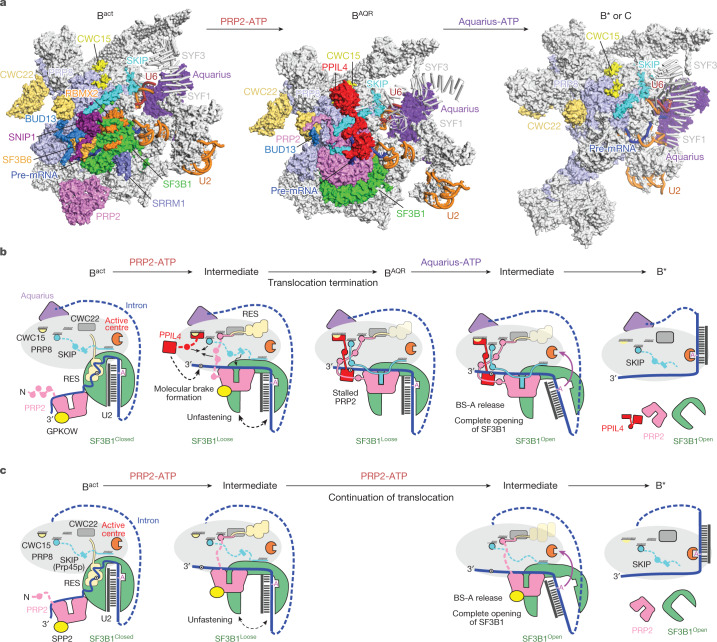Fig. 5. Model of catalytic activation in pre-mRNA splicing.
a, Catalytic activation depicted as structural transitions between Bact, BAQR and B*. B* and the post-branching C complex have similar structures. Most subunits are shown as surface representations. SYF1 and SYF3 are shown as ribbons to enable better visualization of Aquarius. b, Structure-based model of human spliceosome remodelling by PRP2 and Aquarius. The hypothetical intermediate between Bact and BAQR considers the following: (1) the molecular brake can form only after the binding of PPIL4 to the RNA, the binding site of which becomes available after dissociation of the RES complex by the translocation of PRP2; and (2) the advance of PRP2 should start stripping the intron from SF3B1 and promote the loose conformation of SF3B1. The hypothetical intermediate between BAQR and B* was generated by considering that Aquarius should induce complete displacement of the branch duplex from SF3B1, liberating BS-A from its binding pocket. Consequently, SF3B1 will transit from the loose to the open conformation. Because the HEAT repeats that bind PRP8 (in BAQR) rearrange after loose-to-open conformation, SF3B1 dissociates from PRP8. This likely causes the complete destabilization of the SF3A–SF3B complexes and PRP2 from the spliceosome. c, Model of the spliceosome remodelling by Prp2p in budding yeast (S. cerevisiae), based on the similarities and differences with the human counterpart.

